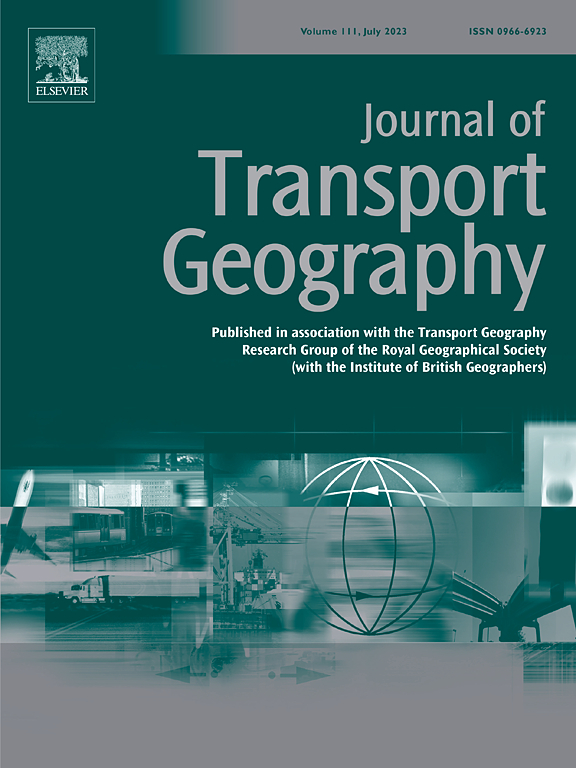Understanding inequalities in geographic accessibility to emergency cyclone shelters in Bangladesh under climate change
IF 5.7
2区 工程技术
Q1 ECONOMICS
引用次数: 0
Abstract
This research aims to explore inequalities in geographic accessibility to emergency cyclone shelters in Bangladesh, a country in the Global South that is prone to natural disasters. We begin by quantifying the walking time to the nearest cyclone shelters as a basic measure of accessibility. Additionally, we compute a more practical measure of accessibility by considering crowding effects in shelters due to the interactions between supply (e.g., shelter capacity) and demand (e.g., population levels) using the two-step floating catchment area (2SFCA) method. Using these accessibility measures as a basis, we examine accessibility inequalities through the Gini index. Furthermore, we perform a statistical analysis with an equity lens to examine whether marginalized populations are disproportionately located in underserved areas with limited accessibility. The results reveal substantial inequalities in 2SFCA-based cyclone shelter accessibility across different regions. The statistical analysis results show that seniors, females, individuals with physical disabilities, and religious minorities are disproportionately located in areas where walking time to the nearest shelters exceeds the government guideline of 20 min. This study is one of the first attempts to understand the inequalities in geographic accessibility to emergency cyclone shelters in an under-examined low- and middle-income country (LMIC) in the Global South such as Bangladesh. By shedding light on the inequalities faced in accessing these critical facilities, our research contributes to the broader understanding of human mobility and accessibility in response to the increasing intensity and frequency of unexpected disruption events in the context of climate change.
求助全文
约1分钟内获得全文
求助全文
来源期刊

Journal of Transport Geography
Multiple-
CiteScore
11.50
自引率
11.50%
发文量
197
期刊介绍:
A major resurgence has occurred in transport geography in the wake of political and policy changes, huge transport infrastructure projects and responses to urban traffic congestion. The Journal of Transport Geography provides a central focus for developments in this rapidly expanding sub-discipline.
 求助内容:
求助内容: 应助结果提醒方式:
应助结果提醒方式:


